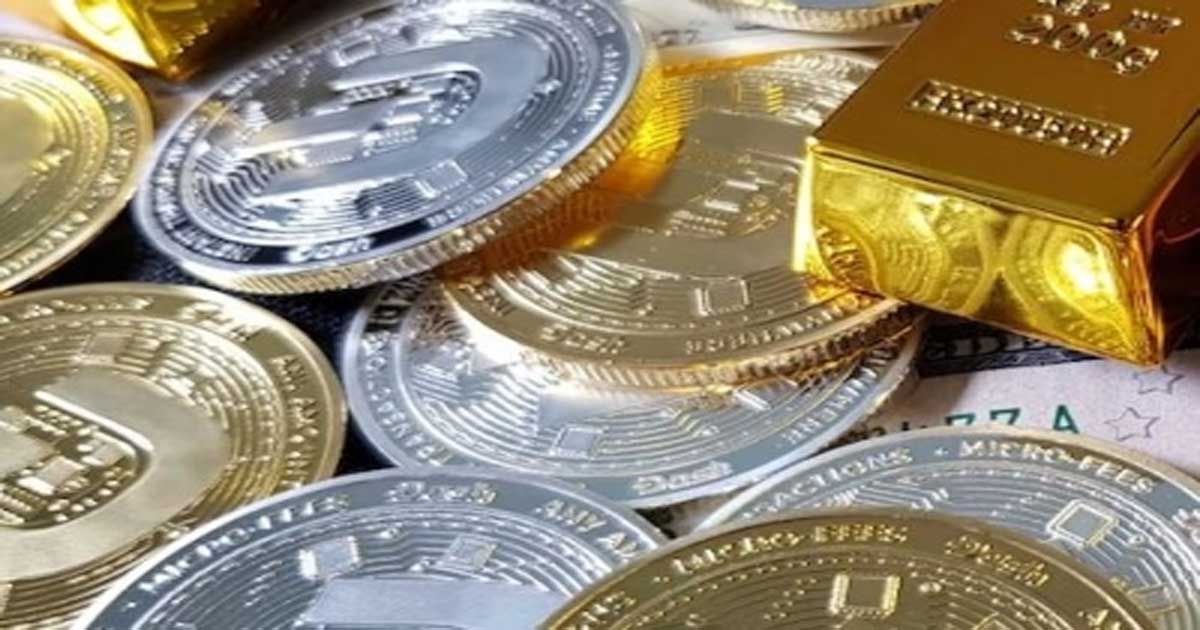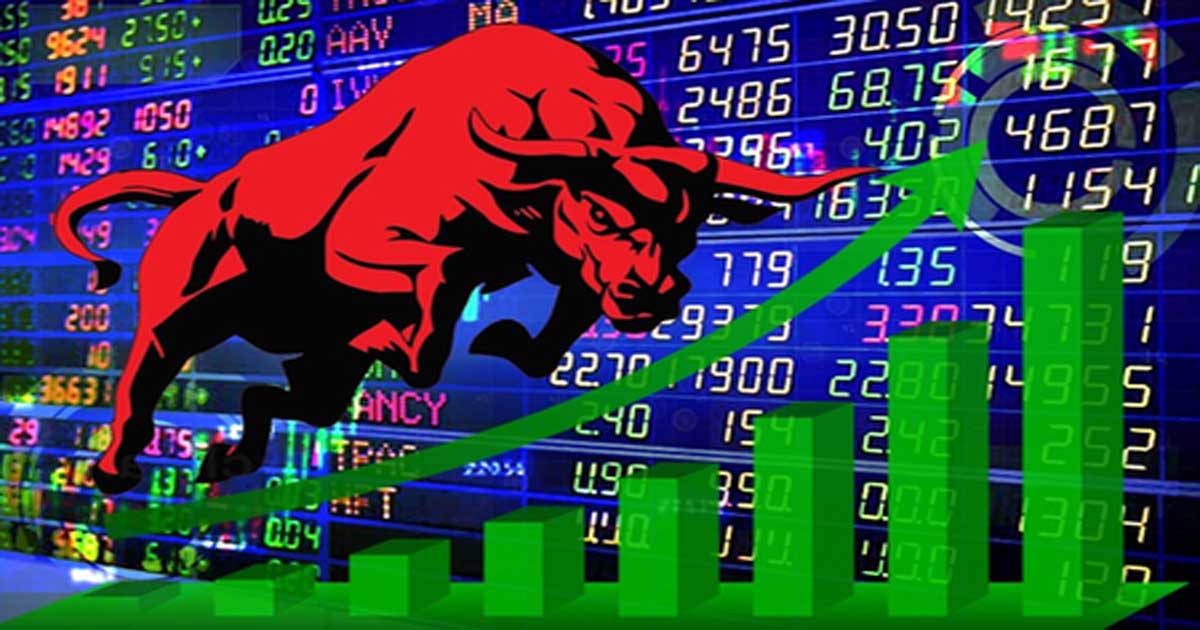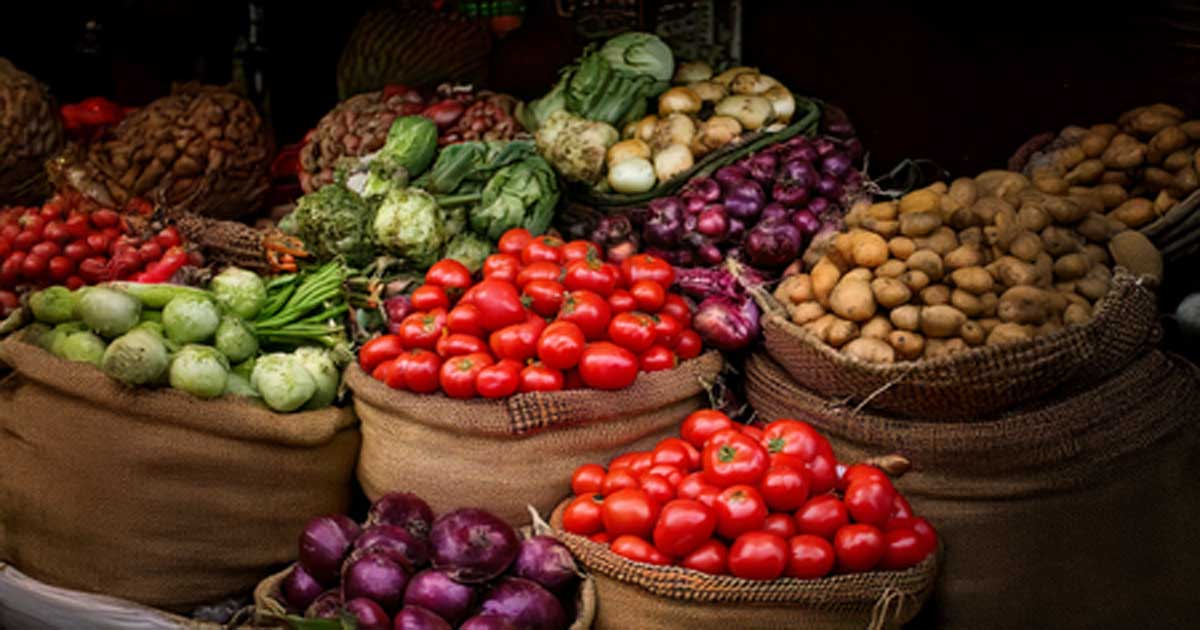Business
Risk-reward for India steel far inferior to a year ago: Jefferies
Foreign brokerage Jefferies has downgraded Indian steel stocks and said it finds risk-reward for the country’s steel far inferior to a year ago.
“After a very positive stance on the Indian metal sector since September 2020, we believe it’s time to turn cautious on steel,” Jefferies said.
“We believe margins for Indian steel companies have peaked and will fall sharply by FY23, although still settle above the last 10-year average. We cut FY23 EPS for TATA/JSW Steel by 18 per cent/26 per cent — first big cut in more than a year, and we are 23 per cent/22 per cent below street.
“After a big rise in FY21-22E, we see EPS falling 44 per cent/21 per cent YoY for TATA/JSW Steel in FY23. We assume FY23 Indian steel price of Rs 58,000 (6 per cent cut, 9 per cent below spot) and coking coal price of $230/t (36 per cent below spot).
After a year-long rally, global steel and aluminium prices have softened on weak macro and demand concerns in China.
China PMI is bottoming and policy could ease, but there is still risk of muted Chinese growth given the significance of property sector to metal demand, Jefferies said.
The backdrop for metals is better than the last decade as decarbonization in China should limit exports. However, unlike early-2021, the case for big rally in metal prices is behind and steel earnings are starting to see big cuts.
Chinese demand and supply post CNY is key where visibility is low. We find risk-reward for India steel far inferior to a year ago, Jefferies added.
Jefferies said Chinese demand is structurally shifting from urbanization and industrial development to new economy infra such as renewables and EVs. This should drive a shift from steel and coal to copper, aluminium and other ‘energy transition’ metals.
“We find Novelis also well-placed for the global shift to aluminium from steel in autos, and from plastics and glass in beverage cans. For 2022, Jefferies is most bullish on copper and aluminium,” it said.
Business
Silver hits record high above $52.50 as safe-haven demand fuel rally

Mumbai, Oct 14: Silver prices soared to an all-time high above $52.50 an ounce on Tuesday, boosted by a historic short squeeze in London and strong demand for safe-haven assets amid global economic uncertainty.
Spot silver rose as much as 0.4 per cent to $52.58 an ounce in London, breaking the previous record set in January 1980 when the billionaire Hunt brothers tried to corner the market.
Gold prices also climbed to a new record, marking eight consecutive weeks of gains, supported by rising geopolitical tensions and expectations of US interest rate cuts.
The rally in silver comes amid concerns over liquidity in the London market, which has triggered a worldwide rush to secure the metal.
Prices in London are trading at a rare premium compared to New York, prompting traders to fly silver bars across the Atlantic — a costly move usually reserved for gold — to benefit from higher prices.
The premium stood at around $1.55 an ounce on Tuesday, down from $3 last week.
Adding to the squeeze, silver lease rates in London — the cost of borrowing the metal — surged above 30 per cent for one-month contracts last Friday, making it expensive for traders to maintain short positions.
The situation worsened as strong demand from India in recent weeks further reduced available supply, following earlier shipments to New York amid fears of US tariffs.
Experts said the latest surge in both gold and silver reflects heightened market uncertainty.
Gold prices have jumped nearly 60 per cent this year, crossing the $4,100 mark for the first time, supported by geopolitical tensions, rate-cut expectations, and strong buying by central banks and investors.
Key US economic data such as inflation and retail sales are due later this week, but analysts warn that if the government shutdown continues, the release of these reports — including jobs data — could be delayed.
Business
Indian stock markets open higher amid global trade concerns, Q2 earnings buzz

Mumbai, Oct 14: Indian stock markets opened higher on Tuesday as investors looked past global uncertainties caused by the ongoing trade tensions between the US and China, while also tracking quarterly earnings from Indian companies.
The Sensex began the day at 82,562, gaining 235 points or 0.29 per cent. Similarly, the Nifty opened at 25,283, up 55 points or 0.22 per cent.
Among the top performers on the Sensex were HCL Tech, Tech Mahindra, Tata Steel, Infosys, Bharat Electronics, Bajaj Finserv, Ultratech Cement, ICICI Bank, Kotak Mahindra Bank, and Larsen & Toubro, which rose up to 1.3 per cent.
On the other hand, stocks like Eicher Motors, Maruti Suzuki, Axis Bank, Sun Pharma, State Bank of India, Bajaj Finance, and Bharti Airtel witnessed early losses.
In the broader market, both the Nifty MidCap and Nifty SmallCap indices were trading in the green, rising 0.37 per cent and 0.38 per cent, respectively.
Among sectoral indices, the Nifty Metal index led the gains with a 1 per cent rise, supported by positive momentum in metal stocks.
Meanwhile, the Nifty Pharma index was the biggest laggard, slipping 0.37 per cent.
As per the experts, IT stocks, particularly the largecaps, are viewed as overvalued by the market since they are facing many headwinds and some strong structural issues.
“On the other hand PSU stocks have been trading at very low valuations despite decent growth and robust balance sheets. This anomaly in valuations have been corrected by the market. This trend is likely to continue,” market experts said.
‘However, in growth stocks like digital companies and renewable energy, their long-term growth potential will continue to attract investment despite high valuations,” they added.
With Muhurat trading approaching, there is room for a mild rally, according to analysts.
Business
India’s CPI inflation declines to 8-year low of 1.54 pc in September

New Delhi, Oct 13: India’s inflation rate based on the Consumer Price Index (CPI) declined to an over 8-year low of 1.54 per cent in September this year, compared to the same month of the previous year, as prices of food items and fuels turned cheaper during the month, according to figures released by the Ministry of Statistics on Monday.
This is the lowest year-on-year inflation after June 2017, and is also lower than the inflation rate of 2.05 per cent for August.
Food inflation continued in the negative zone for the fourth consecutive month and was recorded at -2.28 per cent during September, the figures showed.
“The decline in headline inflation and food inflation during September is mainly attributed to a favourable base effect and the decline in inflation of vegetables, edible oils, fruits, pulses, cereals and egg. Besides, fuels also turned cheaper during the month,” the official statement said.
The inflation outlook for 2025-26 has become more benign due to large favourable base effects combined with the good southwest monsoon, healthy kharif sowing, adequate reservoir levels and comfortable buffer stocks of foodgrains. The GST rate cuts, which kicked in on September 22, are bringing down prices across goods which will result in reducing inflation further in the coming months.
The decline in the inflation rate gives the RBI more headroom to continue with a soft money policy by cutting interest rates and injecting more money into the economy to spur growth.
The RBI’s monetary policy committee (MPC) on October 1 slashed its forecast for India’s inflation rate for the financial year 2025-26 to 2.6 per cent from 3.1 per cent in August primarily on account of the GST rate cuts and benign food prices.
RBI Governor Sanjay Malhotra said, “The recently implemented GST rate rationalisation would lead to a reduction in prices of several items in the CPI basket. Overall, the inflation outcome is likely to be softer than what was projected in the August monetary policy committee resolution, primarily on account of the GST rate cuts and benign food prices.”
Addressing journalists after the MPC meeting, Malhotra said that the “overall inflation outlook has turned even more benign in the last few months.”
The RBI Governor pointed out that headline CPI inflation declined to its eight-year low of 1.6 per cent year-on-year in July 2025 before rising to 2.1 per cent in August – its first increase after nine months. Benign inflation conditions during 2025-26 so far have been primarily driven by a sharp decline in food inflation from its peak of October 2024.
Inflation within the fuel group moved in a narrow range of 2.4-2.7 per cent during June-August. Core inflation remained largely contained at 4.2 per cent in August. Excluding precious metals, core inflation was at 3.0 per cent in August.
The RBI Governor further stated that the current macroeconomic conditions and the outlook has opened up policy space for further supporting growth.
-

 Crime3 years ago
Crime3 years agoClass 10 student jumps to death in Jaipur
-

 Maharashtra1 year ago
Maharashtra1 year agoMumbai Local Train Update: Central Railway’s New Timetable Comes Into Effect; Check Full List Of Revised Timings & Stations
-

 Maharashtra1 year ago
Maharashtra1 year agoMumbai To Go Toll-Free Tonight! Maharashtra Govt Announces Complete Toll Waiver For Light Motor Vehicles At All 5 Entry Points Of City
-

 Maharashtra1 year ago
Maharashtra1 year agoFalse photo of Imtiaz Jaleel’s rally, exposing the fooling conspiracy
-

 National News1 year ago
National News1 year agoMinistry of Railways rolls out Special Drive 4.0 with focus on digitisation, cleanliness, inclusiveness and grievance redressal
-

 Maharashtra11 months ago
Maharashtra11 months agoMaharashtra Elections 2024: Mumbai Metro & BEST Services Extended Till Midnight On Voting Day
-

 National News1 year ago
National News1 year agoJ&K: 4 Jawans Killed, 28 Injured After Bus Carrying BSF Personnel For Poll Duty Falls Into Gorge In Budgam; Terrifying Visuals Surface
-

 Crime1 year ago
Crime1 year agoBaba Siddique Murder: Mumbai Police Unable To Get Lawrence Bishnoi Custody Due To Home Ministry Order, Says Report












